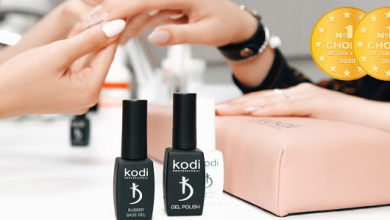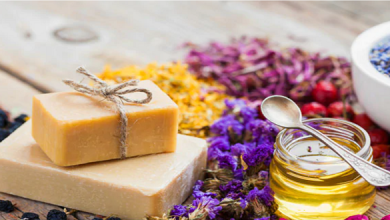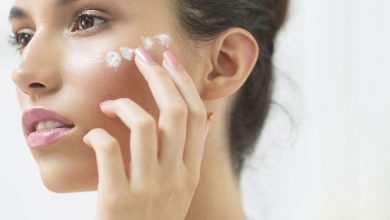Makeup Removal Mistakes You Didn’t Know You Were Making

After a long day, removing makeup might feel like a simple step before bed—but it’s one that can make or break your skincare routine. Even the best makeup products can wreak havoc on your skin if not properly removed. Many people unknowingly make small mistakes during makeup removal that lead to breakouts, dryness, or irritation. Understanding what you might be doing wrong and how to fix it can help you maintain healthy, glowing skin every day.
1.Using the Wrong Makeup Remover
Not all makeup removers are created equal. One of the most common mistakes is using a formula that doesn’t suit your skin type. For instance, oil-based removers work wonders on waterproof mascaras and long-lasting lipsticks, but they might feel heavy on oily or acne-prone skin. On the other hand, micellar water is great for sensitive or dry skin but might not completely break down waterproof or long-wear makeup products.
Choosing the right makeup remover is just as important as choosing your cleanser. Always pick one that suits both your skin’s needs and the type of makeup you wear regularly.
2.Rubbing Too Harshly
When stubborn mascara or eyeliner won’t come off easily, it can be tempting to rub your eyes or scrub your face vigorously. However, this can damage the delicate skin barrier, especially around your eyes, leading to redness, puffiness, and even premature wrinkles.
Instead, soak a cotton pad with your makeup remover and press it gently over the area for a few seconds. This allows the product to dissolve the makeup, making it easier to wipe away without tugging. Gentle, circular motions work better than forceful rubbing and keep your skin healthier in the long run.
3.Forgetting Double Cleansing
Even after using a makeup remover, traces of foundation, sunscreen, and dirt can still linger on the skin. That’s why double cleansing is essential. The first step, using a remover or cleansing balm, breaks down oil-based makeup products, while the second cleanse with a gentle face wash ensures all impurities are completely removed.
Skipping this step can lead to clogged pores, dullness, or breakouts. Make double cleansing a part of your night-time ritual—it only takes a few minutes and gives your skin a clean, refreshed base to absorb moisturisers and serums effectively.
4.Ignoring the Hairline, Neck, and Jawline
Many people focus only on the central areas of the face while removing makeup, forgetting spots like the hairline, neck, and jawline. Unfortunately, these are common areas where foundation or bronzer can build up. Over time, neglecting these spots can cause breakouts or uneven texture.
To avoid this, always sweep your makeup remover across your entire face, including the edges and neck. A little extra effort ensures every trace of your makeup products is gone before you head to bed.
5.Not Cleaning Tools and Accessories
Your brushes, sponges, and reusable makeup-removing pads collect leftover residue each time you use them. If not cleaned regularly, these tools can transfer bacteria back onto your face, negating the effects of cleansing.
Wash reusable pads and brushes at least once a week using mild soap or a gentle brush cleanser. This simple step helps maintain both your skin’s hygiene and the performance of your makeup products.
6.Skipping Moisturiser After Removal
Even the gentlest makeup remover can strip away some of your skin’s natural oils. Skipping moisturiser afterwards can lead to dryness and imbalance, prompting your skin to produce excess oil to compensate.
Always follow up your cleansing routine with a lightweight hydrating lotion or gel-based moisturiser. If your skin is particularly dry, go for a formula containing hyaluronic acid or ceramides to restore moisture levels overnight.
7.Using Makeup Wipes Too Often
Makeup wipes are convenient, but they shouldn’t be your primary cleansing method. Most wipes only remove surface makeup and can leave residue behind, causing clogged pores. They’re best used for emergencies or travel, followed by a proper cleanse at the earliest opportunity.
If you rely on wipes, choose biodegradable and alcohol-free versions, and always use a makeup remover or cleanser afterwards to ensure a thorough clean.
Final Thoughts
Removing makeup correctly is more than a beauty ritual—it’s an investment in your skin’s health. Avoiding these common mistakes can help prevent breakouts, dullness, and premature ageing. Treat the makeup removal process as the first step of your skincare routine, not the last.
When done right, your skin not only feels clean but also stays smooth, soft, and ready for the next day’s makeup products.



